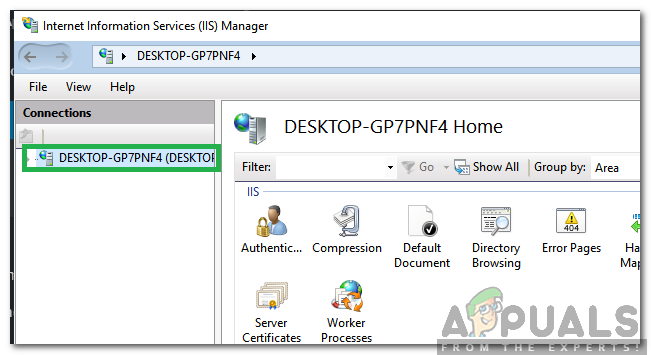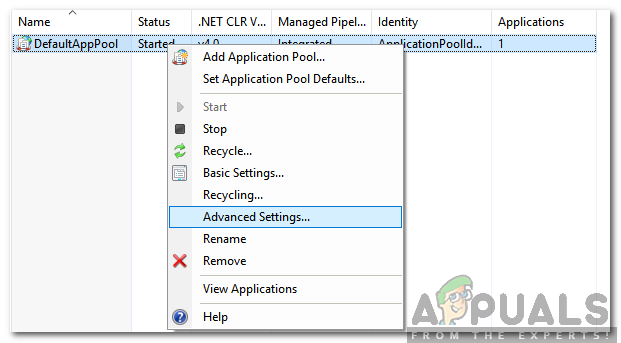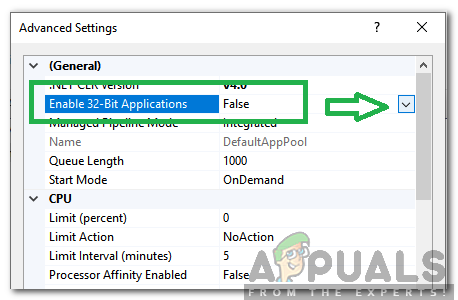How to Install 32-Bit Software on 64-bit Windows
It gets trickier for users to choose between the “32-bit” and “64-bit” Architectures that Windows supports. In spite of the fact that 64-bit is much faster and capable of handling more RAM. Some applications still only support the “32-bit” architecture. Newer operating systems do have the option to use 32-bit applications on 64-bit architecture. This is achieved by having two “Program Files Systems” on the same computer.

The 32-bit File system is stored as “Program Files(x86)” this way Windows can identify a 32-bit application and provide the accurate “.dll” file depending upon it.
How to Install 32-bit Software on 64-bit Windows?
In this article, we will guide you with the easiest method to allow the installation of 32-bit programs on 64-bit Windows. In order to achieve this task follow the guide below
- Press the “Windows” + “S” keys simultaneously to open Search.
- Type in “Control Panel” and click on the first option.

Clicking on the “Control Panel” option - Click on the “Programs” option and then select “Turn Windows Features ON or OFF” button.

Clicking on “Programs” inside Control panel - Check the box for “Internet Information Services” and click on “OK“.

Checking the box for Internet Information Services - Windows will start to enable the features, wait for the process to be completed.
- Press the “Windows“+ “S” keys simultaneously to open Search.
- Type in “Internet Information Services” and click on the first option.

Clicking on the “Internet Information Services” option - Double click on the “Desktop” option in the left pane.

Double-clicking on the “Desktop” option in the left pane - Double click on “Application Pools“.

Double-clicking on the “Applications Pools” option - Right–click on the “Default Application Pool” option and select “Advanced Settings“.

Right-clicking on “DefaultAppPools” and selecting “Advanced Settings” - Under the “General” heading, click on the “Enable 32–bit Applications” option and click on the “dropdown” in front of the “False” value.

Clicking on the “Enable 32-bit Applications” option under the General heading and clicking on the dropdown in front of “False” - Select “True” and click on “OK”.

Selecting “True” as the Value from the dropdown - Try to install a 32-bit Software and check to see if the issue persists.





